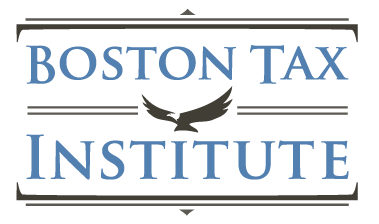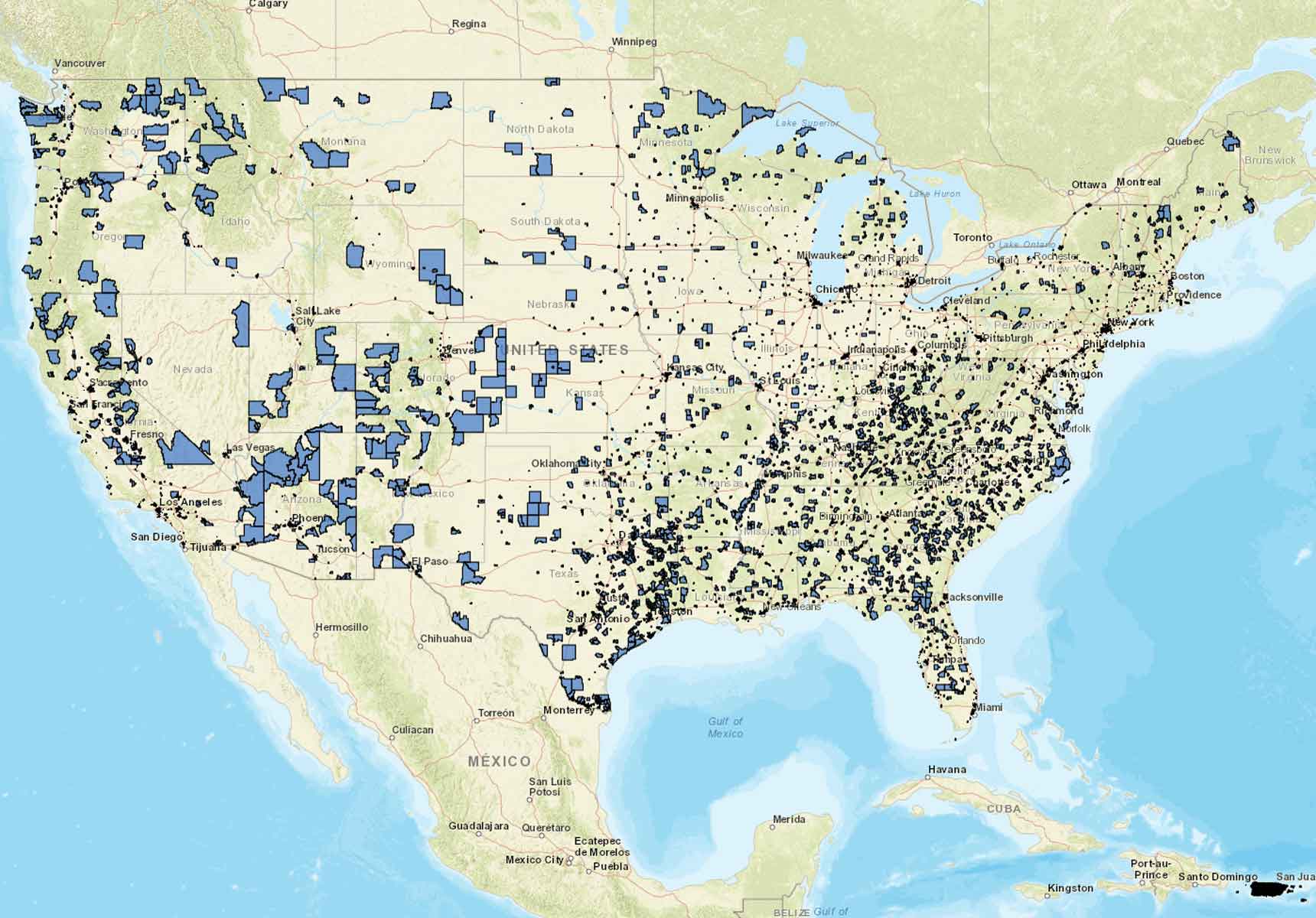I recently reviewed Only The Rich Can Play by David Wessel. It was a journalistic sort of work that tried to make a case against Opportunity Zones, but, in my view, did not make it so well. Now there is some scholarship – Opportunity Zones: A Program in Search of a Purpose by Ofer Eldar and Chelsea Garber available as a download on SSRN. Eldar is a Professor of Law, Economics and Finance at Duke University School of Law. Chelsea Garber has a Ph.D in economics from Duke and is a J.D. candidate at Duke Law. They conclude that OZ legislation was poorly designed to achieve its intended purpose. They attribute some of the mismatch to the legislative process that passed it.
Opportunity Zones The Fairy Tale
The origin story of Opportunity Zones is so lovely that in the movie version they would have to work wonderfully. A thirty-something billionaire (Sean Parker) spends time pondering what can be done to address inequality. He reflects on people like himself sitting on enormous unrealized capital gains. Let’s direct that money to capital starved areas. He updates his civics education on how a bill gets passed to include making bipartisan campaign donations and starting a think tank. Among the sponsors of the bill, which has trouble getting traction, is Tim Scott, the first Black senator from South Carolina.
Then comes Charlottesville and President Trump’s remark that there were “very fine people on both sides” – one of the sides being white supremacists. Scott was outraged and President Trump invited him to the White House and asked what he could do to help the people he had offended. Scott’s answer was Opportunity Zones. So OZ became part of the Tax Cuts and Jobs Act. In the movie version poverty will be eliminated in a couple of years and there will be a dedication of a statue of Sean Parker right where General Lee had been. In real life things don’t seem to have been going so well.
Why Opportunity Zones?
The authors maintain that the legislative history indicates that the purpose behind OZs was to encourage start-up businesses. This would certainly be consistent with Sean Parker’s vision and Tim Scott’s passion. The way the program ended up being structured it favors real estate investments rather than start-up operating businesses.
It is simpler to maintain compliance with the statutory requirements with real estate investments. Tangible property may only be qualified if substantially all of its use is in the OZ. Kind of a no-brainer to achieve that with something you can’t move. Treasury regulations were more responsive to defining rules for real estate investments than for other types of startups. The regulations were also generous in how they allowed the substantial improvements rules to be met.
A substantial benefit of the OZ program is the exclusion of capital gains if the project is held ten years. The authors see this feature as favoring real estate investments.
“In order to take advantage of both the capital gains deferral, and the stepped-up basis components of the Opportunity Zone, Qualified Opportunity Zone Funds are unlikely to invest in projects that are either risky or unlikely to increase in value.” Projects with more fixed return such as hotels and other commercial real estate projects are more likely to receive funds.
How Did It Do?
The authors sought to determine how well the OZ program has contributed toward driving startup businesses. The used a difference-in-differences (DID) research design. They compared eligible low-income communities that received OZ status with those that did not. There is a discussion of the ways that their model might be biased and their response to those concerns.
They noted a small effect in the first quarter of the program, but it was not statistically significant and there was no effect in the four subsequent quarters.
Indeed, none of the estimates is statistically significant in the subsequent quarters, either. Thus, across all eligible tracts, there appears to be no detectable effect of OZ designation on total startup investment in our sample period.
They did find a statistically significant effect when they identified OZ tracts that were associated with political donors to sitting governors in the states where the OZs are located. The conclusion there was that the designation might have been a boost to projects that were slated anyway.
Where Did The Money Go?
Eldar and Garber cite a study using deidentified tax data to get a sense of where OZ investments have gone – Neighborhood-Level Investment from the U.S. Opportunity Zone Program: Early Evidence by Patrick Kennedy and Harrison Wheeler. They found that OZ capital is highly concentrated. 63% of the zones in the study received no capital at all. The neighborhoods that got the most investment were those with “relatively higher educational attainment, incomes, home values, population density, and concentrations of professional and amenity services”. They found that the investments were concentrated in real estate, construction and finance.
Can It Be Fixed?
The authors discuss the host of reforms that have been proposed for the OZ program and are not very optimistic about them. Part of the problem with the program is that it was passed as part of the reconciliation process which prevented guardrails from being put in place. The conclusion is a little dreary.
The OZ program has attracted a great deal of criticism over its efficacy and lack of transparency. We argue that the core deficiency of the program is that it lacks a clearly defined purpose. It was initially created to spur entrepreneurial activity and support small businesses in low-income areas, but as implemented it appears to primarily benefit real estate investors. Our preliminary empirical evidence on VC investment flows to OZs and anecdotal evidence on real estate projects in OZs confirm this intuition. We suggest that this mismatch between the original purpose of the program and its impact so far is the result of a hasty and opaque legislative process, and we argue that any legislative reform should articulate a clear purpose for the program and tailor the program’s terms to fulfill this purpose.
This reminds me of one of Frank Covey’s habits of highly effective people – Begin with the end in mind. Maybe we will get a highly effective Congress sometime and they will fix them.
Other Coverage
Michelle Layser reviewed the article for the TaxProf Blog.
According to the authors, the purpose of the Opportunity Zones law is to promote startup investment in operating businesses—or, at least, that’s what its purpose was supposed to be, before it lost its way.
Originally published on Forbes.com.
For great value continuing professional education. I recommend the Boston Tax Institute

You can register on-line or reach them by phone (561) 268-2269 or email vc@bostontaxinstitute.com. Mention Your Tax Matters Partner if you contact them.
For articles oriented toward tax professionals check out Think Outside The Tax Box.
































































































